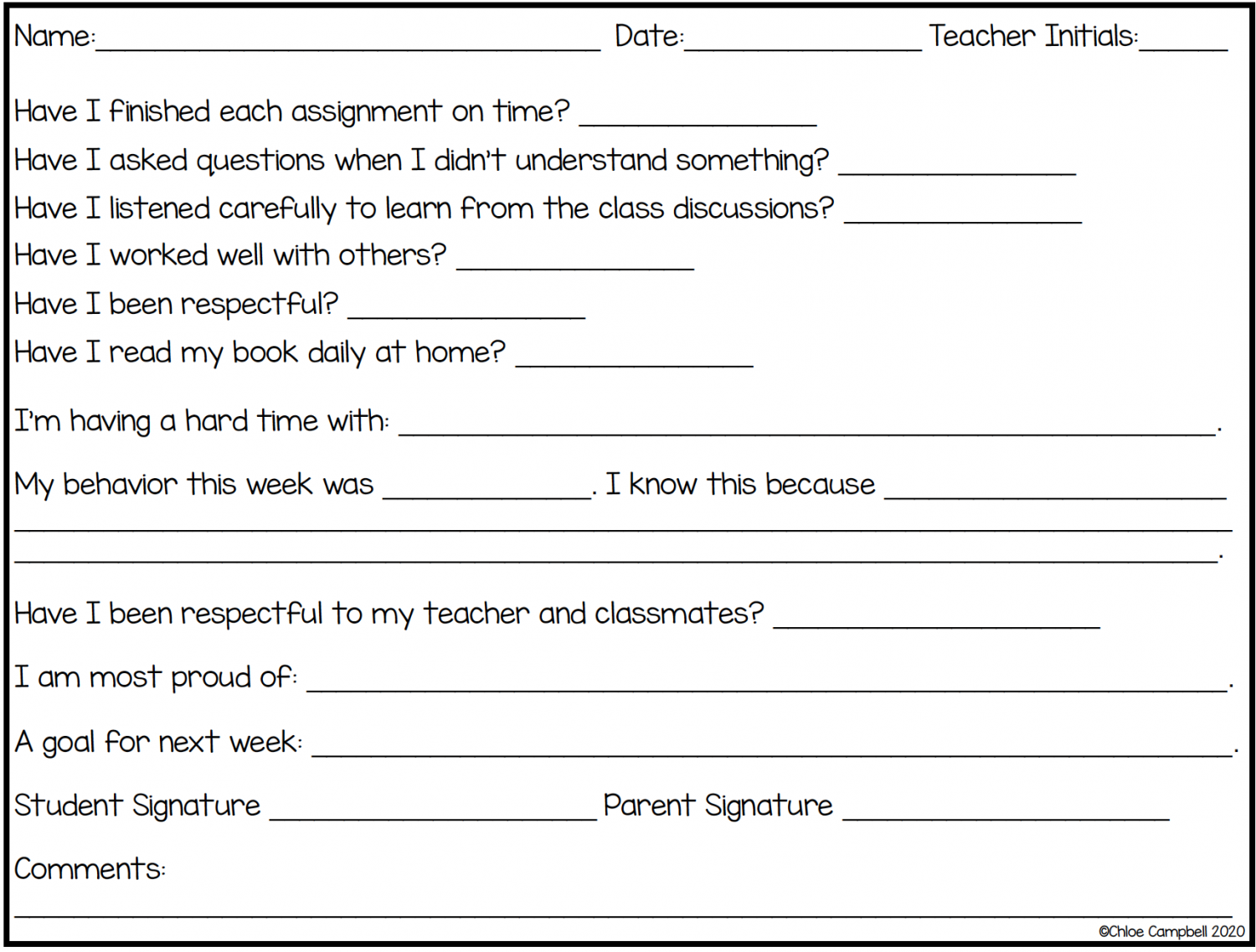Teachers need parents. Positive relationships between teachers and parents are essential for a successful school year. Not every parent is going to love you, but we can work hard to build a positive relationship. Here are five easy steps to build the perfect parent/teacher relationship.

Let’s face it: There will always be one parent who thinks the teacher down the hall is better than you. Find a way out of that without “kissing up” to the family.
Step 1: Involve Parents Right Away
Start family relationship building as soon as you meet the parents/families. I have treats on every desk for our Meet the Teacher event: one for students AND a separate one for parents. It shows that they are a part of this learning experience, too. I can tell a lot about a family based on how they react to this, too. Sometimes, the students pick it up right away and want to eat the m&ms. I like to see what the parents do. You may see some say, “Hey! That says it’s for parents” while others don’t even notice. This doesn’t tell me everything about a parent, of course, but it allows for me to start a conversation either way. You don’t have to give treats to build relationships, though. Just find a way to show the parents that they are essential to the school year, too.
Step 2: Ask Parents About Their Student
During the first week of school, ask parents to write you a letter about their child. I use this quick letter and even attach an envelope to the note. This makes it one less step for the parents. I even tell the students during the first week that their parents have homework and it’s their responsibility to make sure their parents complete the assignment by Friday. The kids love this challenge and the parents appreciate the thought. Every year, I have parents from my class say, “WOW! I’m excited you want to learn more about our family” or “It’s amazing that you care so much already!”. Here’s the kicker, though. I don’t just read the notes and toss them. I write back. Yes, it’s time consuming…but it’s the best way to start the school year. I write specifically to the topics the parents addressed in the letter. If they discussed how their struggles has ADHD, I tell them all the ways I want to help make learning easier for them. If the parent talks about how their child loves softball, I ask for a game schedule. It’s these type of things that make parents support me from day one.
Step 3: Write a Positive Note during the First Week of School
At the end of the first week of school, I send home a checklist of positive behaviors I’ve seen from the student. KEY: Don’t wait long to send it home. I once thought it would be better to wait until the second week of school to send the checklist home. Quickly realized that some of the newlywed period ran out and it was hard for me to find positives for all of my students (that were true). I use this paper every year because I want my first communication home to be positive. I want to later be able to say, “Remember that note I sent home the first week of school? Chloe was friendly and kind to her classmates. Now that we’re farther into the school year, I want to see those behaviors again from Chloe.”

Step 4: Communicate Weekly with Families
Communicate all year long. OVER communicate all year long. Every Friday, I send home this reflection letter (there are many to choose from). The students complete it during the last 10 minutes of class, independently. I run around the room, read reflections, write comments as necessary, mini-conference with students if needed, and sign off in the corner. Every Monday, students return the reflection logs with a parent signature. The reflection includes test scores from the week, behavior, goals, upcoming dates, and any other important notes. It’s GOLD. It’s student owned (meaning less prep for me) and parents love receiving the updates. Report card grades are no longer a surprise and if parent’s claim they didn’t know about the grades, I simply pull out the student portfolio and remind them of the signed reflection logs. Sometimes, they don’t get returned. I rely heavily on positive reinforcement for this instead of taking away recess or homework credits. If they turn it in, they can add a dot to their incentive cards or add a smiley face to their personal behavior charts. Do what works for you.
Step 5: Contact Parents When a Student is Absent
If a student is absent, email the parents that afternoon. Ask if the student is okay. Tell the parents you missed the child and hope that everything is well. Parents appreciate that someone cares enough to check on them. It also can give you some insight when the child returns. Was it a death in the family, was a family member sick, or did they just have a doctor’s appointment? Knowing that can help you when the student returns. Side note: it also keeps parents from keeping the kids home “just because”. Works like a charm. 😉
Bonus Step: Photo Booth!
At your Meet the Teacher, Open House, or first Parent Conference Night, be sure to add a fun element to your time with families. Using this easy photo booth idea and these photo booth signs and props allows for a great opportunity for parents to see you in a fun environment! Don’t forget to email the photos you take to parents. It’s a fun way to start the year on a positive note with parent/teacher.
Best of luck to you this school year! Let me know if I can help you in any way. Enjoy!



Leave a Reply